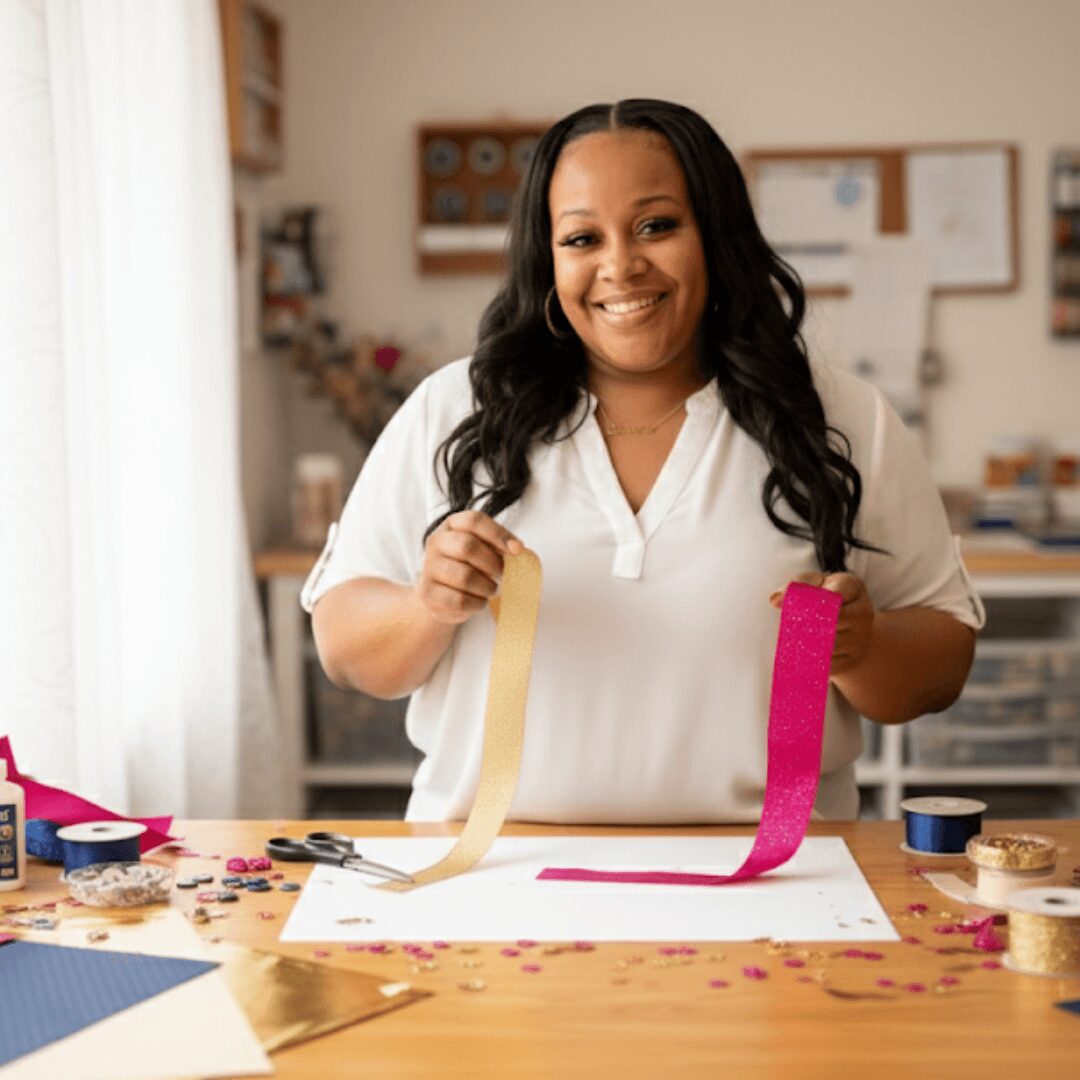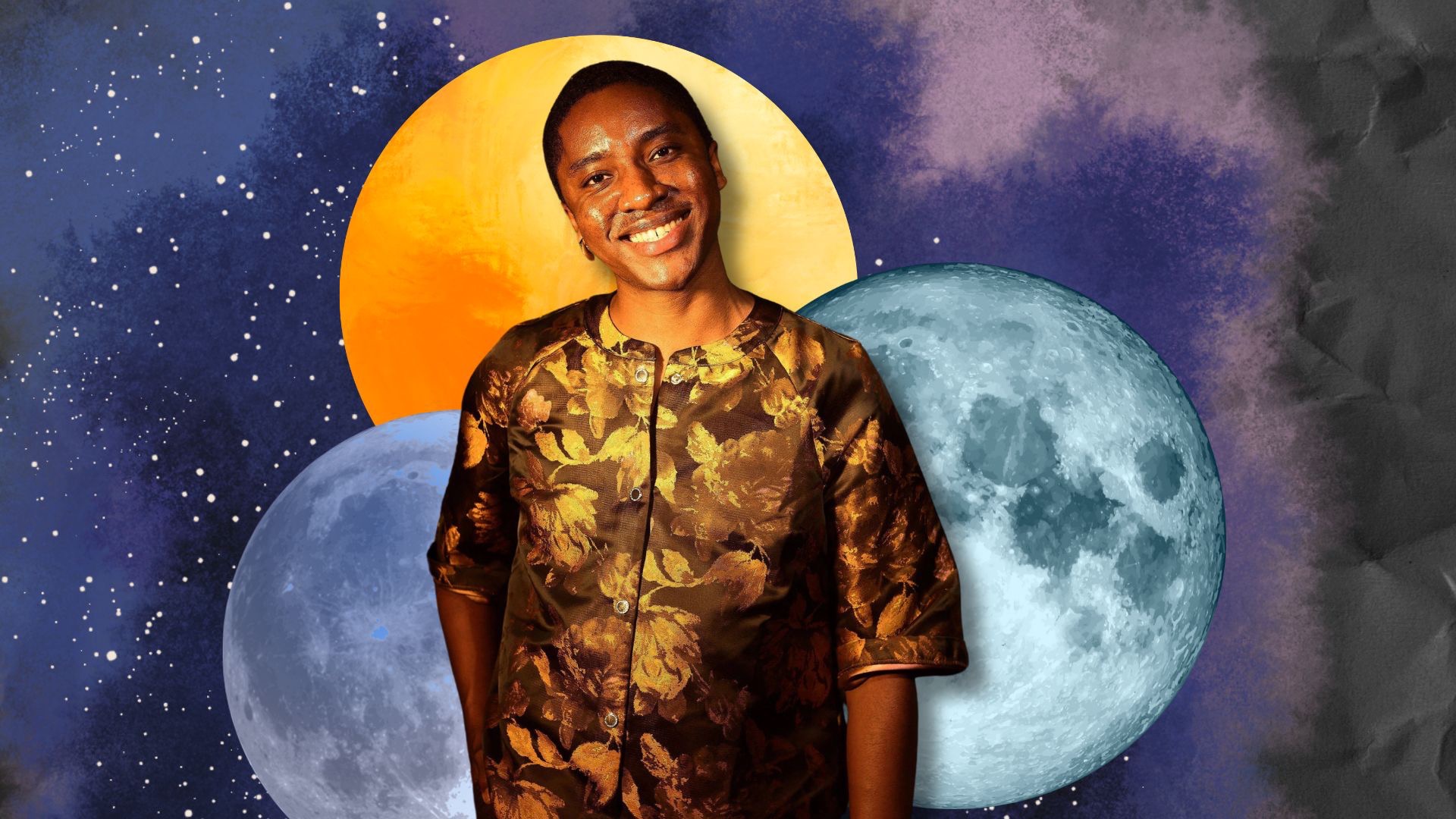We caught up with the brilliant and insightful Jordan Birnbaum a few weeks ago and have shared our conversation below.
Jordan, we’re so excited for our community to get to know you and learn from your journey and the wisdom you’ve acquired over time. Let’s kick things off with a discussion on self-confidence and self-esteem. How did you develop yours?
I love this question because it is far more complicated than it appears.
In my experience, feeling confidence and being confident are not at all the same thing. In fact, I believe that some of my strongest feelings of confidence were in response to some of my strongest feelings of insecurity.
For most of my career, I felt extremely confident, and it helped me to take risks, enjoy some major successes, and have more adventures than I ever could have imagined.
I have pivoted from finance to Internet to hospitality to I/O Psychology to behavioral design to HR technology, each time because I got bored and believed that I could.
Along the way I was a market-maker in London, helped found an Internet company and take it public in NY, owned a 20,000 sq. ft. music venue in Los Angeles for a decade, got a Master’s in I/O Psychology and designed leadership development software that won HR Tech Product of the Year, and now I’ve got a featured column on Psychology Today.
But the experiences were better than the accomplishments. I was the front-man for a band that played in the East Village, spent a week with Keith Richards at his house in Jamaica, hung out with Bill Maher and his guests for every live taping of Real Time for five years, produced a live sketch comedy show with the creators of Arrested Development, hosted an event for Judd Apatow, honoring Seth Rogen (for acts of charity that Judd was sure Seth would perform in the future). hosted the first ever run of Rock of Ages, and booked every major DJ in the world. And they flew me to Vegas for the Product of the Year Award.
If you told me in college that this was going to be my life, I would have thought I hit the lottery. Even now as I read it, I marvel at how magic it all sounds. And it was. And all of it was a result of an inflated belief that I could do anything.
But despite all that it helped to accomplish, that inflated belief was actually never real. It was a coping mechanism. It was how I made sense of the insanity I experienced as a kid, and how I protected myself from the constant anxiety that at any moment in my life the rug would be pulled out from under me with no absolutely no warning.
So as cool as those stories may sound, and as much as I enjoyed experiencing them, I was extremely unhappy for all of it. At this point in my life, I hadn’t been able to maintain a healthy romantic relationship, and I experienced a never-ending roller coaster of depression and anxiety.
The greatest thing I have ever done is commit to therapy at age 28. The work I have done in over many years has allowed me to reach a different kind of confidence. I don’t need external validation to feel good about myself, and I build my self-esteem every single day, simply by being kind to people. And my amazing wife and I are celebrating our 6-year anniversary this month.
My experiences have left me with a desired legacy. I’d like to help normalize the idea that the human condition requires some type of talk-therapy. It is not for a subset of the population; just as physical exercise is not for just a subset of the population. And the most self-defeating thing we can do is to wait until we’re in trouble to seek help.
I am hopeful that I can contribute to bringing this topic into organizations with the resources to usher in a transformational change: for the organizations themselves, and the individuals who comprise it.
And finally, I experience self-esteem as entirely different from confidence. I was confident that I could achieve anything decades before I started to like myself. In fact, I think liking myself is a fairly recent development, and it grows very time I’m nice to someone.

Thanks for sharing that. So, before we get any further into our conversation, can you tell our readers a bit about yourself and what you’re working on?
“Kindness is cooler than coolness. Nerd, out.”
This is how I end every presentation, no matter the subject or audience. More than anything, I try to associate my brand with kindness.
The work that I do in developing leaders, teams and organizational cultures is premised on the proven ROI of empathy and compassion. My most heartfelt appeal to leaders is this:
“I have accomplished a lot of things in my life. The most externally validating were also the most underwhelming. And at this point, I don’t think about any of them. But I do think about every person whose career I helped, and every time I was kind to someone when they needed it.
That’s our legacy. That’s what matters. And it is also the very best we can do for our organizations.”
That is literally true. If organizations want all the benefits of employee engagement – improved profits, productivity, customer satisfaction, innovation, retention, safety – they have to earn it.
And they earn it through the relationships that their leaders build with their teams. That is also literally true. Over 70% of employee engagement is attributable to the relationship with the manager.
If you’re an organization, kindness pays. And if you’re an individual, kindness pays. There is literally nothing in life that makes us feel happier than when we are kind to others.
So, I’m a big cheerleader for kindness. And the greatest enabler of kindness is mental health. So I’m a big cheerleader for that, too.
That’s what I am trying to infuse in organizations, teams and collaborative relationships.
But I also like to do things with humor and edge, because that’s me.
I grade my own presentations based on number of laughs. I figure that if people are going to listen to me, the least I can do is make it fun.
And if you’re going to cheerlead kindness, you need show an edge lest you be dismissed as “rainbows and unicorns.”
That’s what’s needed to reveal kindness for what it is: strength. And for what it is not: capitulation, enablement, naivete, appeasement or avoidance. Those are weaknesses, and have absolutely nothing to do with kindness.
So I hope that somehow combining Kobe’s “Mamba, out,” with my “nerd out” conveys all of that.

If you had to pick three qualities that are most important to develop, which three would you say matter most?
1 – Accountability
The first time my therapist said, “You know, you’re right. I’m sorry. I will think about it, and find a way to do better.” it was life-changing for me. No one had ever validated me like that before. It made me respect him so much and trust him even more. And I thought, “I want to be like that.” So now it is a point of pride every time I do it for someone else. I’m not scared to acknowledge a mistake and apologize for it with gusto. I improve as a person every time I do it. It may be one of the things I like most about myself.
But also as a boss, accountability is huge. When someone on the team makes a mistake, it’s no biggie. Just demonstrate that you know what happened and will do your best not to make the same mistake again, and we can all move on. But when you refuse to take accountability, we can’t move on. Trying to convince someone to take accountability when they should is exhausting, and it becomes hard to avoid resenting them.
We all need to stop worrying so much! We are all flawed and make mistakes all the time. All we have to do is say, “Yep – that was my mistake, and I’m sorry. I understand how it happened, and here’s what I’m going to do to make sure it doesn’t happen again.”
People think saying that will get them in trouble, when the exact opposite happens. Everyone will love and respect you when you say that, and it makes the team dynamic way more fun.
No matter the situation, every single time you take accountability, your stock will rise. And you will keep getting better.
2 – Agility
The most important lesson I have learned across all my adventures is the need for constant re-evaluation and tweaking, right from the very beginning of a startup or project. The visions in our heads are always very different than what comes out into the real world. It is critical to look at things with fresh eyes to evaluate the reality of it. If we want something specific to work, or feel compelled to stick to the plan in our head, we often do so ignoring what’s happening right in front of our faces.
Blockbuster Video could never pivot from in-store rentals to mail rentals. Now they’re gone. Netflix pivoted from mail rentals to streaming. They’re still here.
Silly Putty was designed as a rubber substitute during WWII. Coca Cola was designed to cure morphine addiction. And frisbees were invented to hold pies. The examples are endless. But imagine if the inventors insisted on sticking with the original purpose.
It’s a given that change is constant and business must keep a constant vigil on changing market conditions, moving ahead of them. But agility is much more than that. It’s a willingness to let go of past ideas and embrace new ones when reality is telling us to do so. There is a bias called sunk-cost fallacy that describes why this is so difficult for us to do. If we can’t overcome sunk cost fallacy in response to what we see, our business chances for failure rise exponentially.
3 – Creativity
It is hard to overstate the importance of creativity in advancing your career and life. Every job requires problem-solving, and problem-solving requires creativity. In a noisy world, gaining access to prospective employers, leaders, clients and partners requires creativity. The reason that generative AI cannot outperform humans in many jobs is creativity. And nothing is more satisfying than succeeding with creativity.
Creativity is not reserved for artists. All human beings are creative. The secret to unlocking creativity is identifying constraints. Often times, laying out what won’t work will illuminate a path that will. Don’t burn your mental energy trying to find a spark of creative genius. Spend your mental energy going into great detail about what will not work, and why it will not work. The better you get at that, the easier it is to come up with incredible solutions to problems and to present yourself in a way that gets you noticed positively.
And remember that generative AI literally regurgitates words and ideas that have already been written and shared. From a creative standpoint, it will always be a day late and a dollar short. Today, it is offering what you created yesterday. Tomorrow, it will offer what you created today.

Awesome, really appreciate you opening up with us today and before we close maybe you can share a book recommendation with us. Has there been a book that’s been impactful in your growth and development?
Two books had an equally profound impact on my life and career.
The first, Influence by Robert Cialdini, describes six principles that have disproportionate sway over our decision-making: reciprocity, liking, commitment and consistency, scarcity, authority and social proof. It’s wonderfully written and describes fascinating experiments that demonstrate the power each principle applied effectively.
What made the book so profound for me was the realization that I had been practicing the six principles my entire life. I discovered them experimenting as a kid, and had been using them, very effectively, my whole life. The only thing was, I was using them instinctively. I would apply them only when inspiration struck.
Instincts are great, but you can’t do instincts on purpose. I didn’t learn the principles by reading Influence. I learned their names. And that was absolutely transformative. Because you can’t do something on purpose unless you can name it. Now, whenever I teach behavioral science to salespeople, I let them know upfront that they are already expert in what we’re about to cover, and we’re just here to learn names. They like that.
The other book was Nudge by Robert Thaler and Cass Sunstein. Nudge does an incredible job empowering the creativity necessary to design effective behavioral interventions. I was still in the early pages of the book when I knew this was what I was supposed to do. I was delighted and inspired by every example of a successful nudge, and knew that I would be able to achieve these myself.
Compass, the leadership development tool that won the HR Tech Product of the Year, was inspired entirely by Nudge. Leveraging framing and the availability heuristic, Compass generated 10% score improvements by sending a total of 8 weekly emails. There were multiple creative solutions baked into Compass that would never have occurred to me without reading Nudge.
I coach people to enhance their creativity by getting better at identifying constraints. There is no better example of that than effective behavioral interventions.
And finally, what both books showed me is that people are not nearly as in control of our decision-making as we like to believe. Keeping that in mind makes it a lot easier to forgive other people. And to forgive yourself.
Contact Info:
- Website: https://www.psychologytoday.com/intl/blog/the-uncertainty-principal
- Facebook: https://www.facebook.com/jordan.birnbaum.94
- Linkedin: https://www.linkedin.com/in/jordan-birnbaum-/
- Twitter: @jordanbirnbaum






so if you or someone you know deserves recognition please let us know here.




